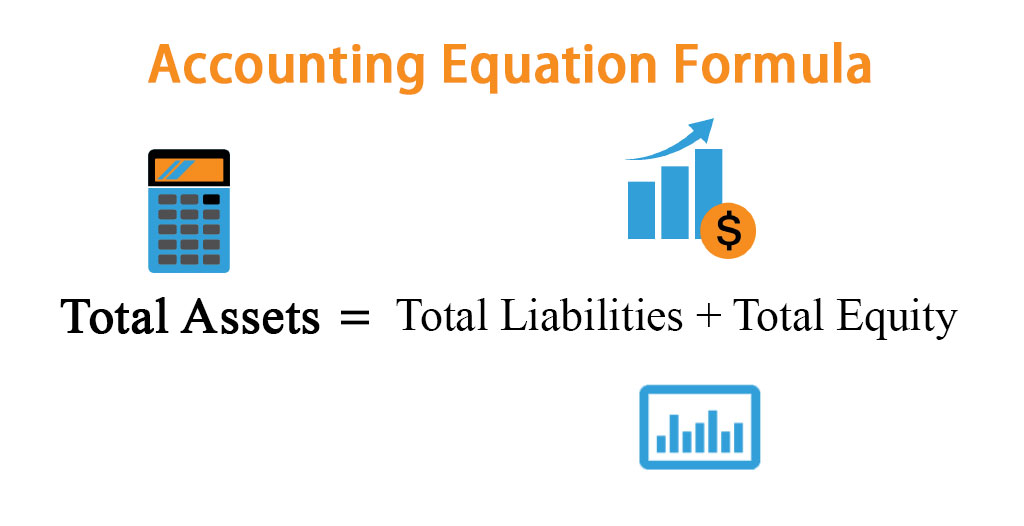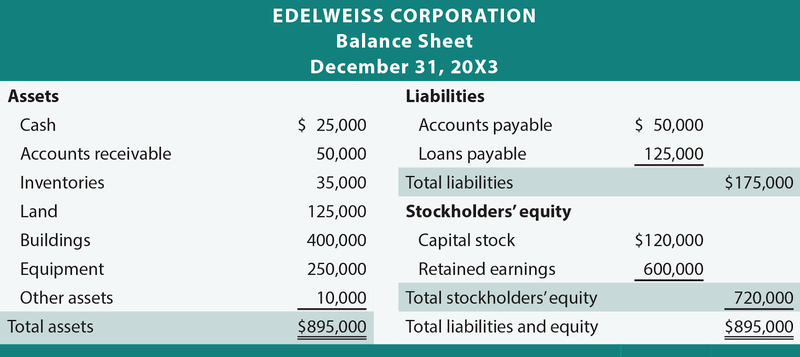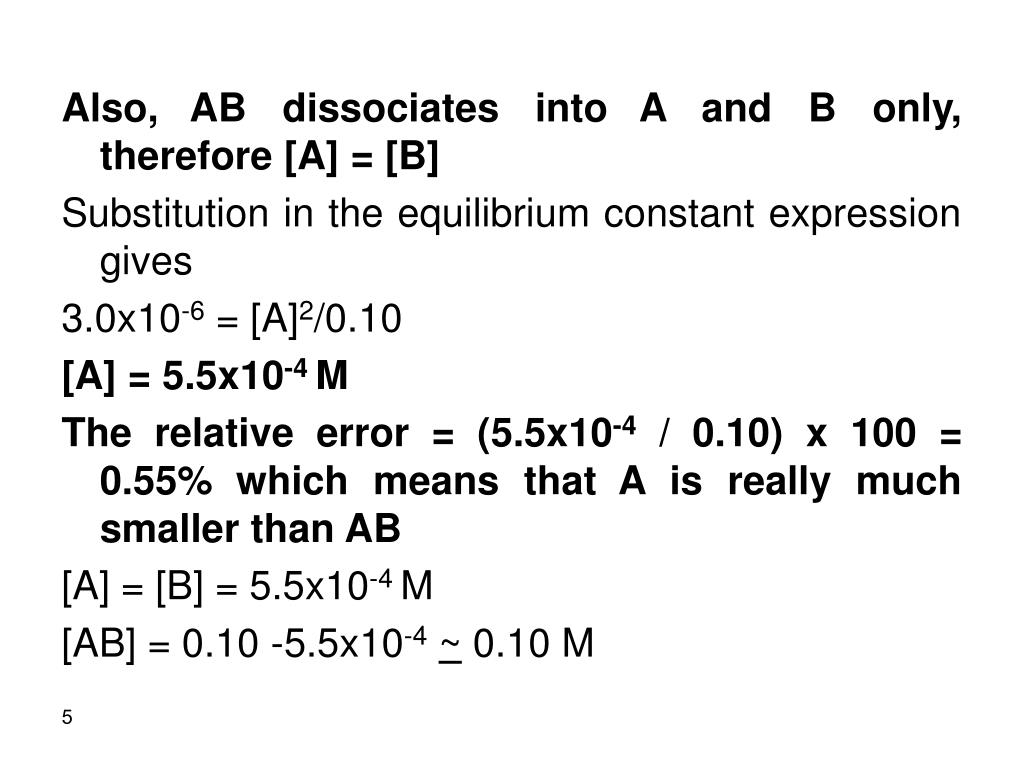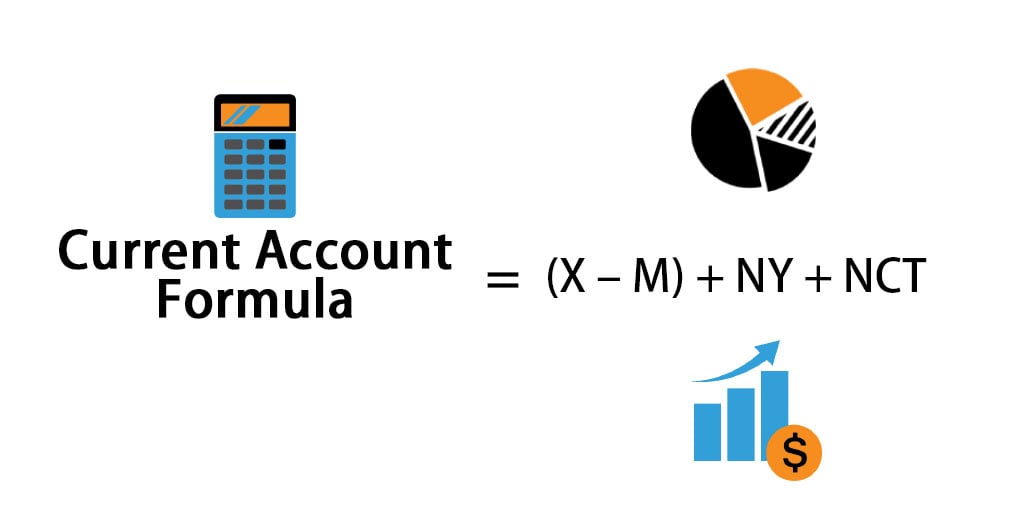

Now you need to write the atomic and molecular masses of each and every atom involved in the reaction:įor calculations and steps, tap the atomic mass calculator. The balanced chemical stoichiometry equations for the water formation reaction is as follows: Also, mention the water mass obtained at the end.Ĭarrying out stoichiometry conversion as below: Now determine the exact mass of oxygen gas that may be required to burn one gram of hydrogen. Suppose you are experiencing a phenomenon like burning of oxygen gas with hydrogen for the formation of water. Let’s resolve an example to clarify the concept of stoichiometry:


Types of Stoichiometry:ĭepending upon the concentration of parameters involved in a chemical reaction, following are the types of stoichiometry: Moles To Moles Stoichiometry:
Balance equation calculator free#
Also for fast and most secure calculations, you may use this free solution stoichiometry calculator moles to grams absolutely for free. This is why whole numbers are always preferred so that the overall near to exact number of atoms or moles or grams could be represented to avoid complications in the calculations. You must remember in your mind that stoichiometric coefficients can be fractions or any ratio number. “In balanced chemical reactions, the numbers used to express the quantity of entities are called stoichiometry coefficients.” “The technique that helps to calculate the relative amounts of reactants and products in a balanced chemical reaction is known as stoichiometry”ĭetermining the stoichiometry of chemical reactions aids you to understand the chemistry of any reaction by comparing the amount of all entities present in it.

So without wasting time, let’s get ahead and discuss what this particular chemical term is and how it affects the product formation in a chemical reaction. The calculator helps you to know the exact number of moles or grams of the entities involved in a chemical equation. Make use of this free gas stoichiometry calculator moles to grams that lets you calculate the relative amounts of reactants and products involved in a chemical reaction.


 0 kommentar(er)
0 kommentar(er)
